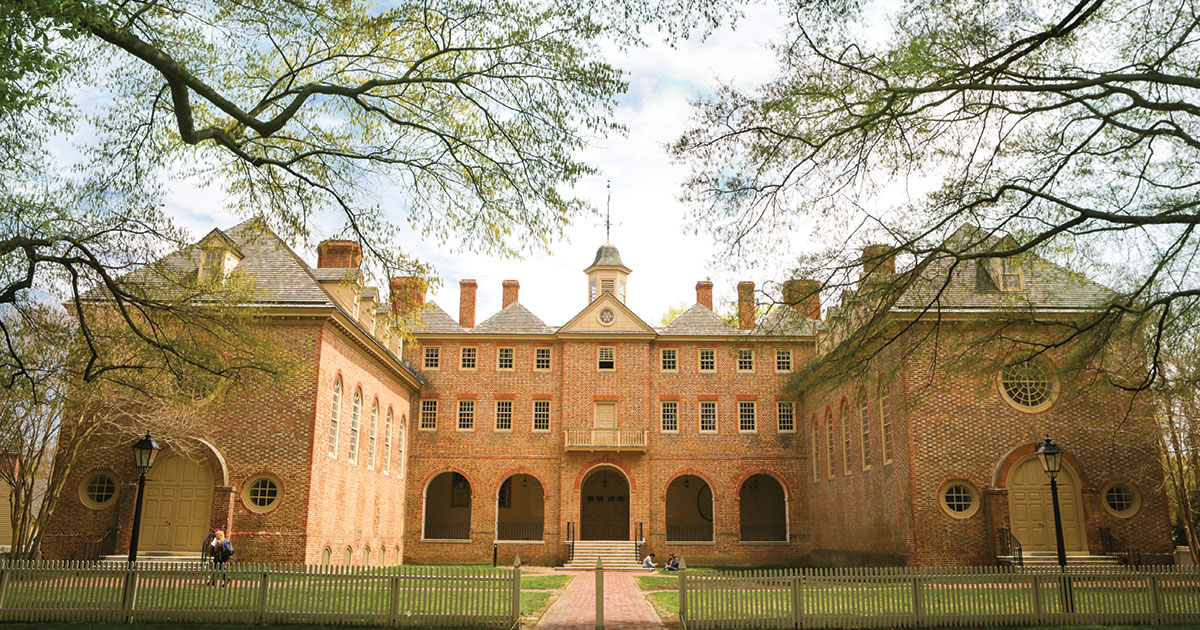Bright lights, big apple Part III
In parts I and II, we read about Beth Comstock ’82 and Yancey Stricker ’00. (Read Part I and Part II). Now we contine our journey in New York with a visit to the NYU Langone Medical Center.
This story appeared in the summer 2016 issue of the W&M Alumni Magazine.

Photo courtesy of Laura Balcer ’87
We leave Greenpoint the way we came, eventually hopping back off the 7 and cutting a sharp left out the Grand Central doors, taking a leisurely stroll across the avenues past the Chrysler Building, resplendent as any art deco megalith. We bebop past news stands blaring about the economy and healthcare and global warming while a fire truck with sidewise ladders screams angrily down the streets. We cut south after a spell to arrive at NYU Langone Medical Center’s Concussion Center, home to some of the world’s brightest physicians. The list includes the Department of Neurology’s Vice Chair, Dr. Laura Balcer ’87. As a neuro-ophthalmologist, Balcer has a job that most of us cannot spell, much less immediately understand.
“A neuro-ophthalmologist is either a neurologist or ophthalmologist who specializes in how the eyes and the brain connect,” Balcer explains. “And really the eyes are a part of the brain, so we look at the effects of concussions or conditions such as multiple sclerosis (MS), both of which affect the eyes and the brain and can give you double vision, trouble seeing, or trouble with the eyes working as a team.”
Balcer, a Gamma Phi Beta sister, fondly recalls studying jellyfish at William & Mary under the tutelage of Dr. Robert Black, who stressed that while there was “certainly a need for academic productivity,” a scientist’s work “should be balanced with the need to have something that you know is accurate, that you believe in, and that you love to work on.”
Dr. Balcer found that love and productivity as a resident at the University of Pennsylvania, shortly after being graduated from Johns Hopkins Medical School. Her residency paired her with Dr. Steven Galetta, a mentor and now longtime friend who serves as her department’s chairperson. “The thing that really attracted me to neuro-ophthalmology was how much fun the mentors seemed to be having,” Balcer recalls. “One of the great surprises in my career is how early you become a mentor. It’s humbling that the younger students are looking to you — students, trainees, junior assistant professors. There are aspects in how you are taught that stick with you and teach you that it’s not just about the tangible products. It’s about how to navigate, how to think about science and medicine and academics. It’s about the social aspects of medicine, how to treat your patients and colleagues.”
A dedicated cook in her off-hours who loves to dabble with spices and measuring spoons to perfect her recipes, Balcer divides her work time between her practice, her teaching and, of course, her research. Her vast studies on eye structures and the use of optical coherence tomography to observe disease mechanisms earned Balcer — along with colleagues Peter Calabresi and Elliot Frohman — the distinguished Barancik Prize for Innovation in MS Research in 2015. Balcer credits the team approach. “Seeing outside of one point of view, seeing the bigger global picture is a great challenge no matter what field you’re in,” she says. “At NYU Langone, our promotions committee has worked hard to reward people for collaborative work because no one can do as much as a great team.” And if that sounds too wide-eyed, the proof is in the pudding. Balcer and her colleagues have extended their research to study concussions, an emerging hot topic among sports fans who are just getting keyed in to the long-term debilitating effects of concussions and other traumatic brain injuries. Headlines are increasingly peppered with stories of oft-concussed athletes engaging in everything from errant behavior to suicide, and the Center for Disease Control estimates that over 5.3 million Americans are living with the effects of traumatic brain injury-related disabilities on a daily basis — many stemming from their sports days in high school. Balcer and her colleagues have been working with the Pelham Youth Hockey Association to study and develop sideline tests that can better utilize the field of vision to diagnose concussions with greater accuracy.
“Just like MS needed a visual measure in its field, so did concussions,” she explains. “Vision is a huge part of concussions. We feel as if we’ve had a role in introducing vision to the concussion world, which really does our hearts good because it’s a big part of the brain. It’s greater than 50 percent of the brain’s pathways.” Just as altruism stumped Darwin, he was also confounded by the mystery and complexity of the human eye, listing it in On The Origins of Species under the subheading “Organs of Extreme Perfection and Complication.” That same complexity gives Balcer reasons to be hopeful as the unique properties of the eye offer insights on the body’s greater neural workings. “In neurology,” she explains, “we would like to work toward using vision treatments that repair the nervous system. If we could repair the spinal cord in MS and the brain in concussions, our team would be really proud to contribute to that breakthrough and the possibilities it offers.”

